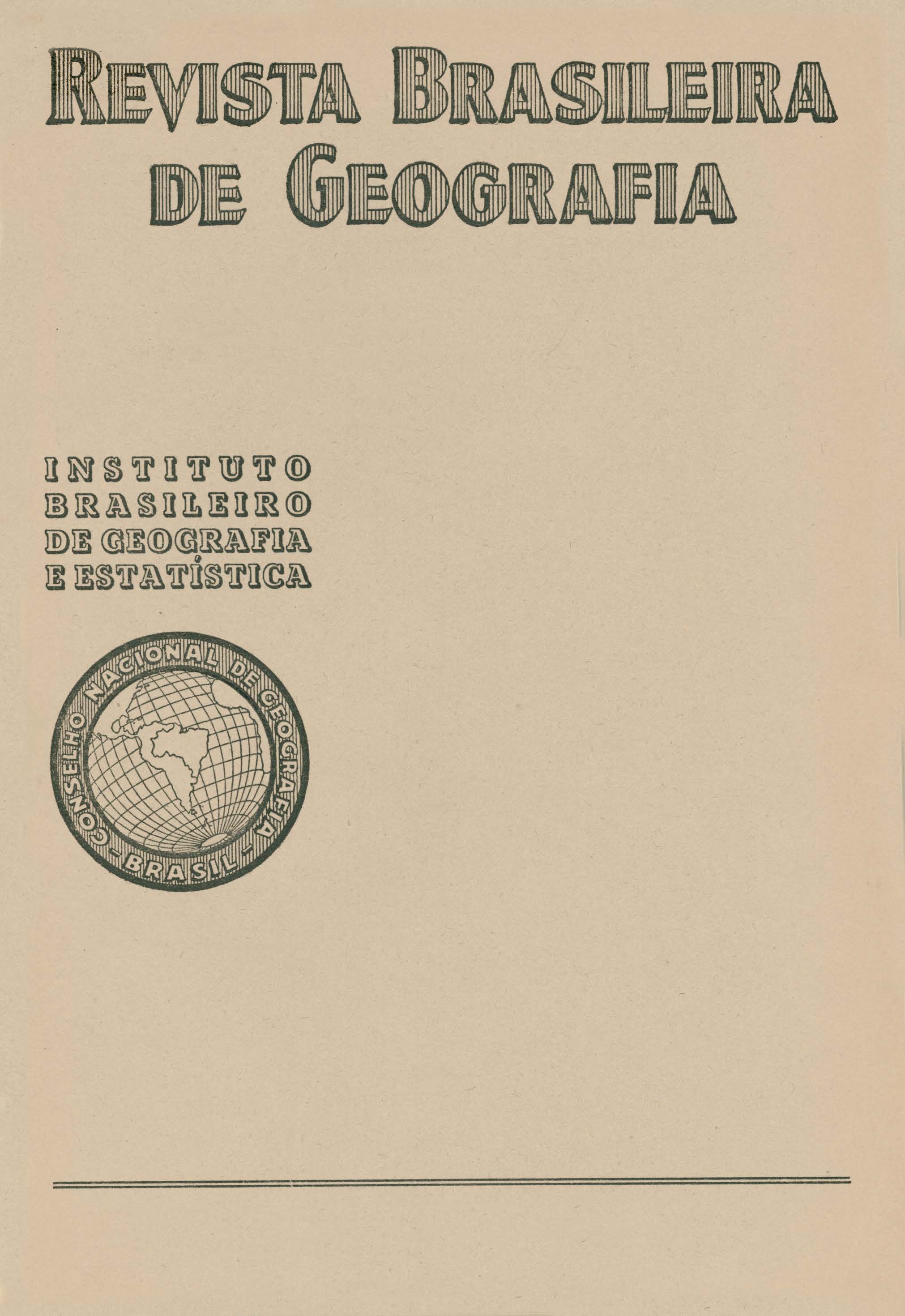Sobre a distinção e a distribuição das duas espécies de babaçu, orbignya
Palavras-chave:
Botânica;, Fitogeografia;, Babaçu.Resumo
- Two species of the genus Orbygnia are mentioned in the literature as corresponding to babaçu: sometimes O speciosa, (Mart.) B. Rodr., almost always O. maritiana, B. Rodr.
- Bondar (1954) attributes babaçu to two botanical entities: O. martiana, B. Rodr. and O. teixeirana, Bond, that he himself describes.
- Burret, in 1938, created O. oleifera, Burret, which must be considered the second important, species, i.e. the babaçu of Central Brazil.
- O. speciosa (Mart.) B. Rodr., though quite different from the others, must be eliminated because of the small area it grows in and its inadequate fruit; it, should not, then, be called babaçu.
- O. teixeirana, Bond., is a synonym for O. oleitera. Burret. In spite of the redundancy of the name, Bondar was right to reorganize two species, and indeed was the first to do so.
- O. barbosiana, Burret, ( 1932) was set aside by its own creator some years later (1938) .
- O. martiana, B. Rodr., and O. oleijera, Burret, constitute the two species called collectively "babaçu" by the people and by scientific writers, and both are indistinctly exploited for oil, O. martiana on a much wider scale inasmuch as it occurs in the North, Middle North and Northeast.
- They are vicarious species, therefore very much alike and covering distinctive, though contiguous, areas.
- Since both palms are extremely similar, the most efficient way of telling them apart is to examine their fruit, which varies quite a lot in structure. In O. martiana, the nuts have something rather like a shield in relief beneath the point; inside, they have a coarse atarchy mesocarp. In O. oleijera, both the terminal shield and the mesocarp are missing, and there are only two layers ( epicarp and endocarp) .
- The outline of the Hylaea or Amazon rainforest, at the edge of the Central Uplands, also separates the main areas of the two species of babaçu.
- O. martiana is the Amazon species living in association with the "terra firme" rainforest.
- O. oleijera is a species of Central Brazil growing in association with dry, semideciduous forest.
- The northern limit of babaçu (0. martiana) is represented by the northern bank of the Amazon river and dense stands of the palmtree are to be found on the plain to the south of that river, stretching as far as Maranhão.
- The southern limit of babaçu (O. oleijera) is to be found at Piraçununga (São Paulo) and Três Lagoas (Mato Grosso).
- In the great transitional region, where Amazon, Central and Northeastern floras and vegetation are found all together, over an area known as the Middle-North or Zone of the Coconut Groves, the two species are found in close proximity. This tract of land does not deserve phytogeographical classification, since the babaçu groves are of anthropic origin.
- There, O. martiana prefers the parts where the influence of the Amazon makes itself felt and the river-banks, while O. oleijera thrives beyond Codó always accompanied by the Central Upland vegetation (dry forest, serub forest and groves of buriti palms).
- O. martiana continues in to the Northeast, in the midst of the "caatinga" region, but only on the mountains that rise in certain parts. Even there, it is only found at medium altitudes and on the slopes swept by the damp sea breezes. This type of distribution is common to many Hylaean species.
- In the north of Espírito Santo and the south of Bahia, the presence of O. martiana has been recorded far from its usual area. Nevertheless, there is nothing surprising about this in view of the existence, in this region, of wide terra firme stretches of Amazon rainforest, the characteristic association of the species, in the form of enclaves. It may be noted that continuity is established with the Amazon area by small, disconnected northeastern areas which seem to mark the trace of the former passage of Hylaean formations, now shrunk to patches along the seaboard of those two eastern states.






